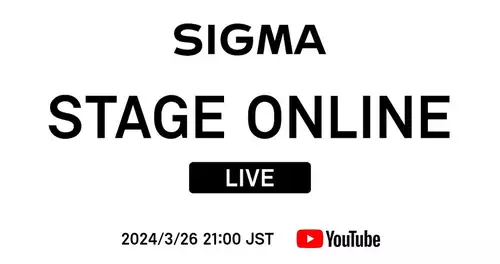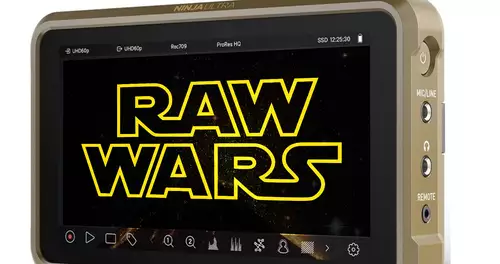Frage von roloslash:
What is qualitatively better:
1.) a video record of DV tape directly as MPEG2, then edit it in Studio and then from a DVD (make, or MPG File) ...
or
2.) First add the video as DV AVI, then edit them in STUDIO render to MPEG2 and then only from a DVD (; or make MPG file).
What are the advantages or disadvantages of each method?
roloslash
Antwort von tommyb:

Rather, the second method.
With 1) the material is re-encoded (; loss of quality) in a codec with interframe compression, although that conjures small files and can be cut exactly as in method 2).
In the whole approach of the video stream so called Group of Pictures (; GOP) is divided. A group then consists for example of 15 frames. So long as these 15 frames s.Stück are available, use some editing software "smart rendering", meaning they are transferred 1:1 frames are encoded without having to re (, and) thus become worse again in his quality.
Putting the other hand, a section directly in a GOP, then the encoder must encode later, this new body and then can lead to quality deterioration.
Method 2) does not have this problem.
Generally, it is always better to cut native or not to occur with such attitudes that quality losses (by senseless changes; Method 1).
Antwort von roloslash:
 Rather, the second method.
Rather, the second method.
Generally, it is always better to cut native or not to occur with such attitudes that quality losses (by senseless changes; Method 1). Where rendered in method 2) yes the end of synonymous DV AVI to MPEG2 must create a file to MPG, or burn a DVD.
I thought that if in method 1) when importing from a tape already a MPEG2 is converted, must not again be changed after the creation of DVD - it seems they?
roloslash
Antwort von tommyb:

Yes. Because of the GOP.
And if your material prior to MPEG2 with 8000 / kbps is changed, then fit on the DVD then a maximum 60 minutes without having to re-encode the material.
Have become angry when you make more 80 minutes.
Antwort von beiti:
 I thought that if in method 1) when importing from a tape already a MPEG2 is converted, it must afterwards to create the DVD are not changed again
I thought that if in method 1) when importing from a tape already a MPEG2 is converted, it must afterwards to create the DVD are not changed again In principle, it is OK, if you cut through the GOP had become irregular structure increases in Purchase (, what is not tragic). The quality loss by calculating additional I-frames I believe to be negligible.
The core problem of qualitative method 1 lies elsewhere: If you are walking directly to the import in MPEG2, this transformation must take place in real time and a single pass and thus be even on a fast Calculator never as good as the subsequent conversion of the finished film, the quality of You can tweak with 2-pass and variable data rate. The conversion of DV to MPEG2 is not a uniform process, but here decides, how much quality loss you.
Also you have with the DV's original average of more reserves for color correction, and cutting with DV is due to the compression einzelbildweisen generally more fluid than the average of MPEG2 (), especially on slow computers. Both speak for method 2
If you the image quality is not so important and you rather want to go quickly to their destination, works synonymous Method 1 By doing this you can save time, the time for MPEG2 encoding s.Schluss the procedure, but stop at the expense of quality.
Antwort von roloslash:
 I thought that if in method 1) when importing from a tape already a MPEG2 is converted, it must afterwards to create the DVD are not changed again
I thought that if in method 1) when importing from a tape already a MPEG2 is converted, it must afterwards to create the DVD are not changed again
The core problem of qualitative method 1 lies elsewhere: If you are walking directly to the import in MPEG2, this transformation must take place in real time and a single pass and thus be even on a fast Calculator never been so high ...
If you the image quality is not so important and you rather want to go quickly to their destination, works synonymous Method 1 Ok, I understand. However, if I had a DV tape that I will NOT continue editing, but produce only a MPEG file it wants to complete the result, eg on a multimedia hard drive to archive (; or later make a DVD out of it) - then it would be generate meaningful real-time dubbing already MPEG to save himself and the rendering?
I've tried both times: generates 1.) while recording in real-time MPEG2 and 2.) First DV AVI created and then rendered to MPEG2.
A difference in quality I have not found my calculator and has had no problem with the real-time conversion.
roloslash
Antwort von beiti:
 I've tried both times: generates 1.) while recording in real-time MPEG2 and 2.) First DV AVI created and then rendered to MPEG2.
I've tried both times: generates 1.) while recording in real-time MPEG2 and 2.) First DV AVI created and then rendered to MPEG2.
A difference in quality I have not found Then either the encoder of Pinnacle nix is good, or you had not the best quality setting for method 2 A good encoder has among non-real-time conditions, some quality-enhancing options.
Antwort von tommyb:

If the bitrate is high enough (, which is larger than 8000kbit / s) and the content (not particularly complex;) that is quiet shots, no wobbling, no noise, there can be sufficient synonymous with capturing the direct Convert.
The purchase must take one then, that this "more than 8000 kbit / s" can no longer simply be burned to DVD, since they no longer meet the standard.
How do you do it is ultimately no preference. Because of possible dropped frames, I would do a compression always only after importing. If the bit rate may not be sufficient, we can encode once again just now. Otherwise one would have to import once again around the whole thing.









